"The older I get, the faster I was."
- Charles Barkley -
Thanks for returning to read the conclusion of my three-part Lunar Leaper series. I'm about to describe for you an outrageous vehicle designed and intended to win a race across the barren, airless face of the Moon, visiting all six of the Apollo lunar landing sites along the way.
All Articles In The Series
- Moon Race: The Story of One Crazy Contest
- Racing Across The Moon: My "Out Of This World" Hotrod Design
- Lunar Hot Rod: The Rest of the Story
The Omni contest was "words only."
I had to write a description of this vehicle in less than 200 words. You can read that in the earlier installments of this story.
However, in order to help you picture my design for this rather unusual lunar vehicle, I've created a 3D model—really more of a sketch, as it isn't fully detailed—so you can better grasp my design concept.
Note: You can CLICK most images for a full-size view.
Climb aboard! ~ Original Visualization by @creatr)
The MagRod sports two contour couches,
each with access to all controls so that one pilot can rest while the other drives. The couches are designed to provide full body support during repeated accelerations of almost three Earth gravities. The pilots would have to be in excellent physical shape, and mentally prepared to tolerate two second periods of heavy acceleration during each 30-second leap.
Side view. Note telescoping counterweight "tail." ~ Original Visualization by @creatr)
The transparent hatch,
wrapping around both pilots, provides outstanding views in all directions. When the canopy is closed and sealed, pilots can remove their helmets. However, they should keep them handy in case a leak develops or in the event of an accident.
Ready for launch. ~ Original Visualization by @creatr)
Your ride starts with the cab at the base of the launch rod.
The "Rod" portion of the MagRod is a linear magnetic accelerator rail. With the MagRod's "foot" firmly placed on the lunar surface, the cab can be rapidly magnetically propelled along the length of the rod.
Surveillance camera launch. ~ Original Visualization by @creatr)
However, just before take off,
when the rod is tilted slightly forward, a terrain surveillance camera is launched from a tube in the top of the rod.
Surveillance camera launch. ~ Original Visualization by @creatr)
The camera is accelerated magnetically.
It leaves the launch tube rotating so its multiple imagers can capture views in all directions.
Surveillance camera launch. ~ Original Visualization by @creatr)
Because of its motion,
integral computers are able to create accurate 3D terrain models by analyzing the parallax between image viewpoints.
Detailed computer terrain map. Image credit: NASA GSFC/Jacob Richardson
The pilots can override manually,
but for the most part the autonomous computer system steers the craft based on an artificial intelligence evaluation of the race route, satellite maps, and the detailed terrain contour map created on the spot by the surveillance camera.
At a precisely calculated microsecond,
based on the tilt and the desired trajectory, the cabin begins to accelerate up the rod.
Starting up the rod... ~ Original Visualization by @creatr)
Acceleration upward is brisk,
not quite three Earth gravities. From a standing start, the acceleration lasts just less than a second. When the cabin nears the top end of the rod, it decelerates relative to the rod. The result is that the entire vehicle leaves the surface and takes flight in a parabolic ballistic trajectory.
The MagRod In Flight. ~ Original Visualization by @creatr)
While above the lunar surface,
the pilots experience weightlessness for almost half a minute during each jump. They are now in a free-fall, parabolic arc. In the lunar vacuum, this trajectory is precisely predictable, so the precise spot where the MagRod will touch down is known in advance.
The MagRod coming down. ~ Original Visualization by @creatr)
Landing deceleration is also stiff.
The pilots experience three Earth gravities again, all the way down the pole. Assuming that this is just one of many "kangaroo leaps," the acceleration continues smoothly all the way back up the rod again in order to produce the next leap.
Of course, if they are stopping to rest or to take a close look at some unexpected selenological feature, the motion of the cabin will simply cease when it reaches the bottom of the rod.
The diagram below illustrates the parabolic paths of the camera and of the MagRod during the course of one jump from point to point on the lunar surface.
Note: This visualization is not to scale!
Its purpose is to give you a general idea of how the MagRod travels, not to provide a detailed precise trajectory.
Camera and Vehicle follow parabolic arcs. ~ Original Visualization by @creatr) Graph courtesy of https://www.desmos.com .
Notice the "tail" projecting from the MagRod.
It telescopes in and out, and it moves up and down to help rotate the MagRod around its center of gravity. This insures that the foot is pointing in the right direction at takeoff and landing.
Sad to report,
my design was not the contest winner. It was not even among the ten finalists. I was quite disappointed when the contest results were announced, but I've learned through much life experience that revolutionary ideas are not easily accepted.
I still believe that my design, assuming adequate time and resources for engineering development and refinement, would have run circles around the winner and all of the top ten entries. <Deep sigh...>
Some lunar highland terrain. ~ Image courtesy of NASA/GSFC/Arizona State University
Well, that's my Lunar MagRod Leaper...
Care to take a ride with me? Hop on board, let's go!
~FIN~
The MagRod easily negotiates rough lunar terrain. (CLICK for an amazing panoramic closeup) ~ Image courtesy of NASA.
Articles In This Series
- Moon Race: The Story of One Crazy Contest
- Racing Across The Moon: My "Out Of This World" Hotrod Design
- Lunar Hot Rod: The Rest of the Story
Important Note: My articles often contain hot links to supplemental information. While they aren't essential, you may find added value by following them. Most images also link to useful or related information or articles.
Historical footnote:
Here's a peek at some of the pieces/parts I built and worked with while developing the 3D models that generated the images for this story.
MagRod 3D Model Development ~ Original Art by @creatr)
CLICK image for full-size view.
Please DO read the first two articles in this series.
MagRod Launch Sequence ~ Original Visualization by @creatr)
CLICK image for full-size view.
END historical footnote.
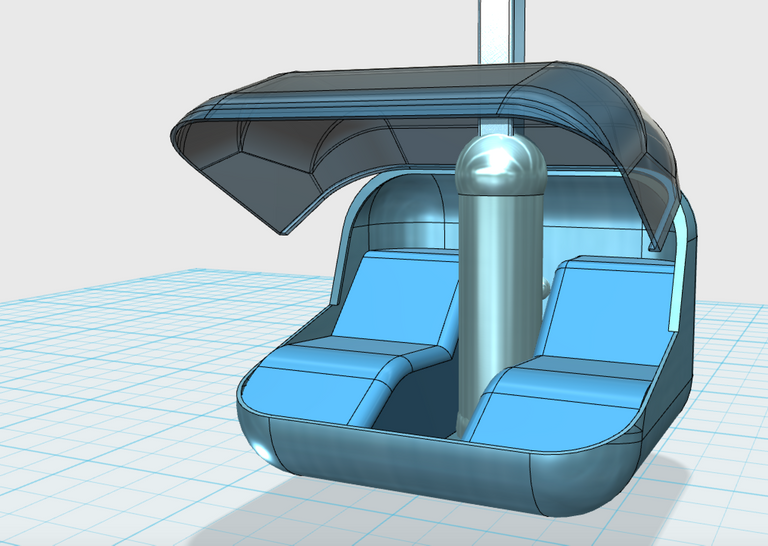
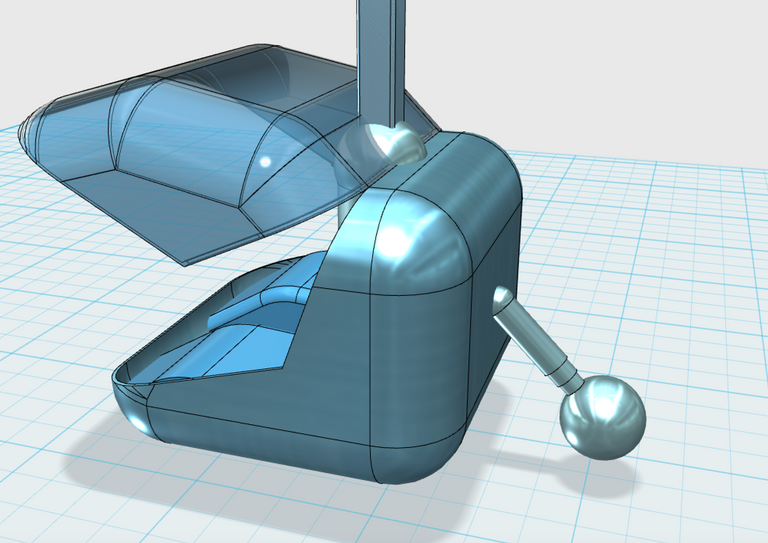
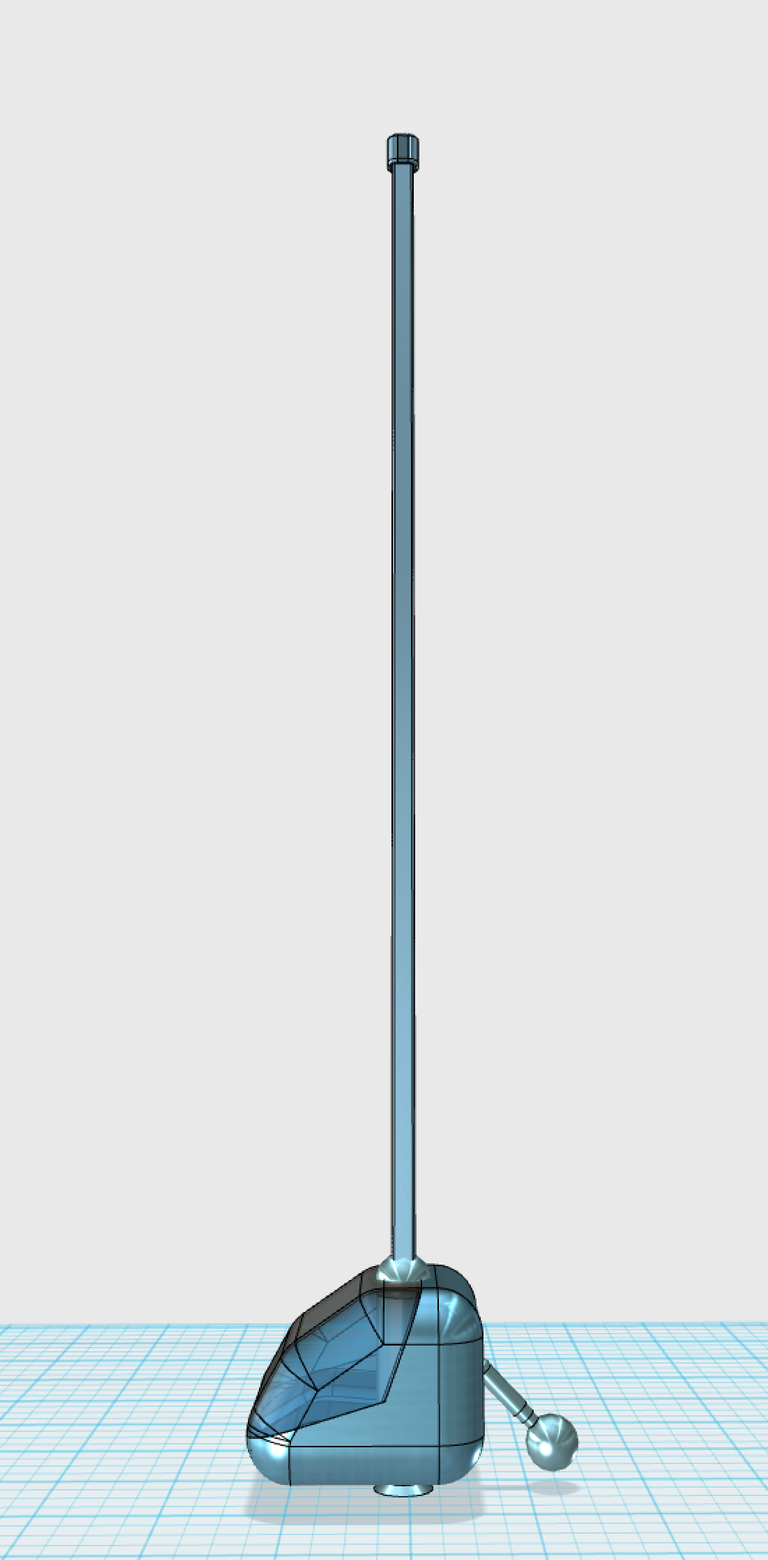

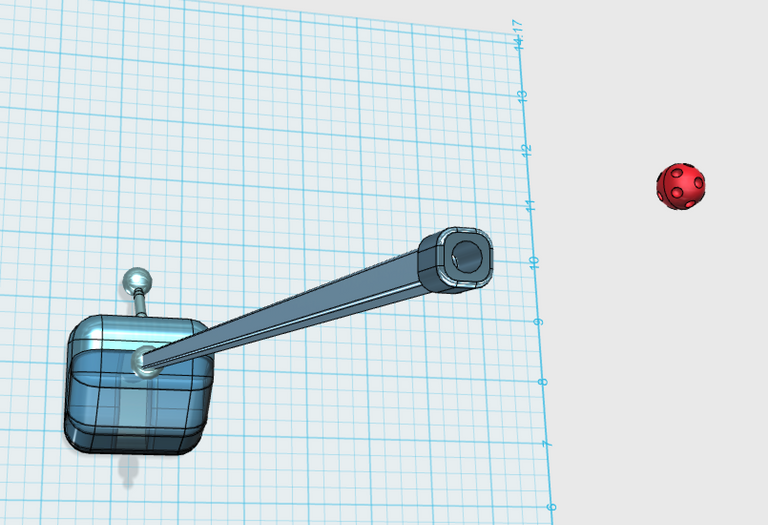

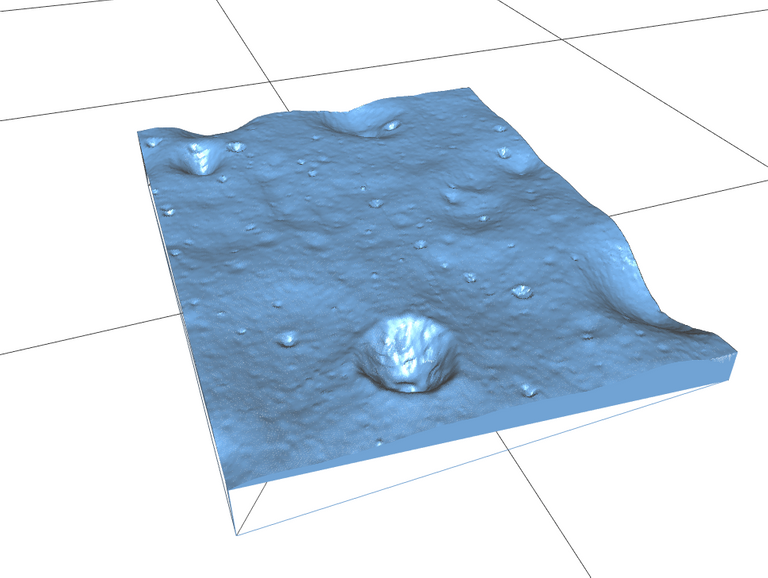

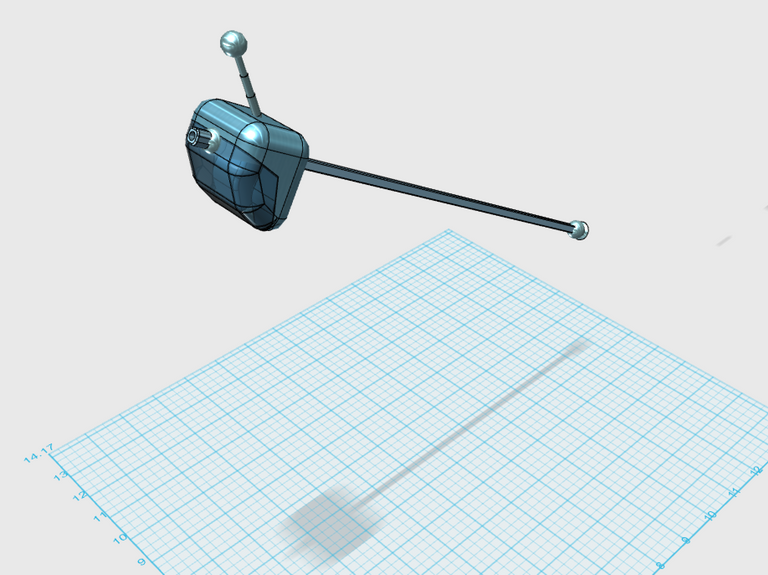
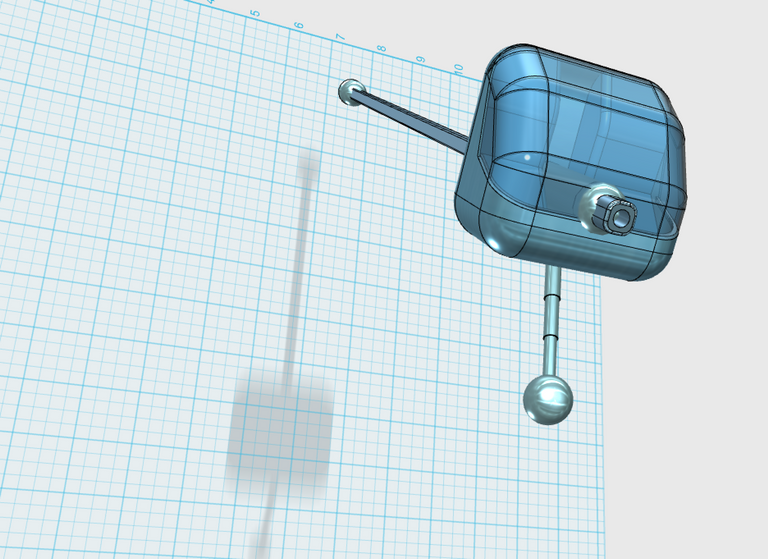
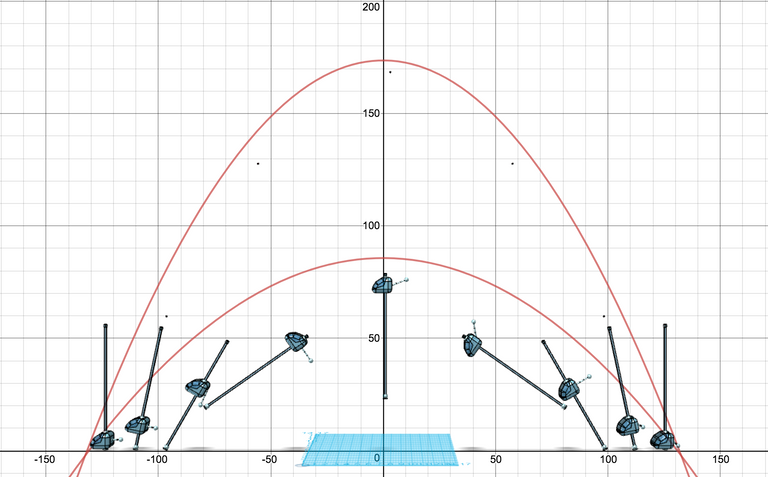
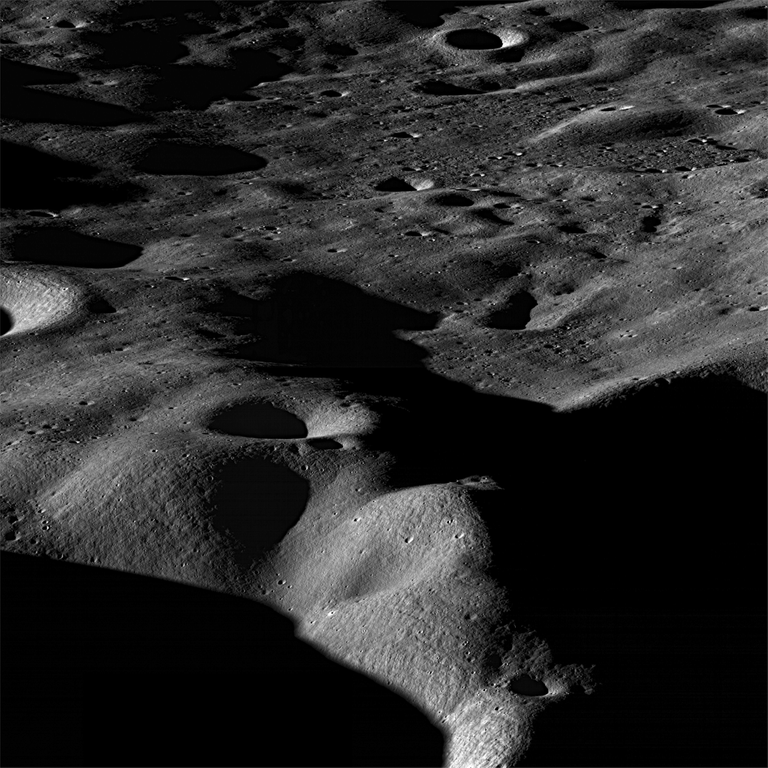
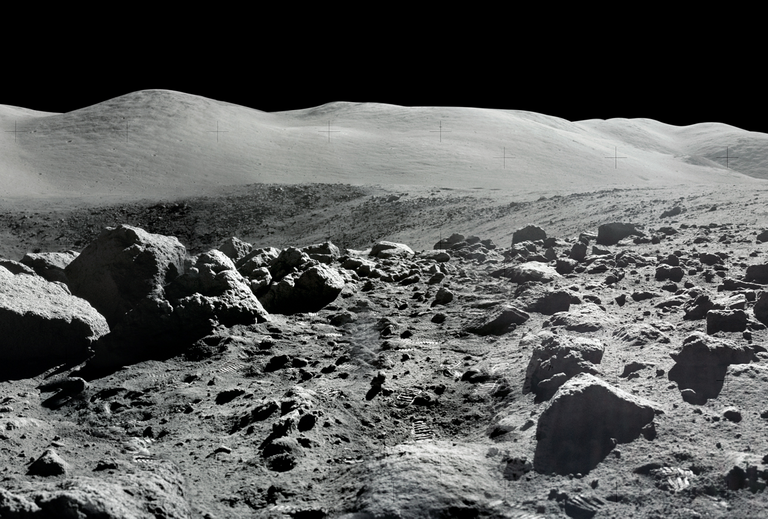
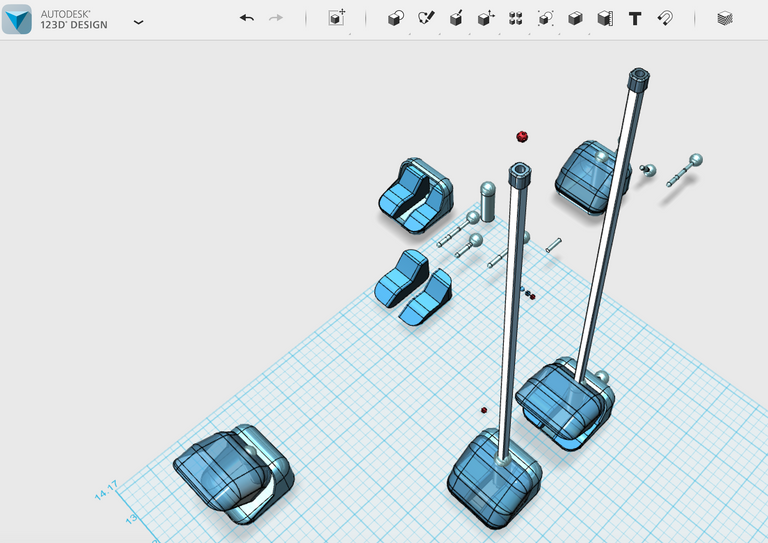
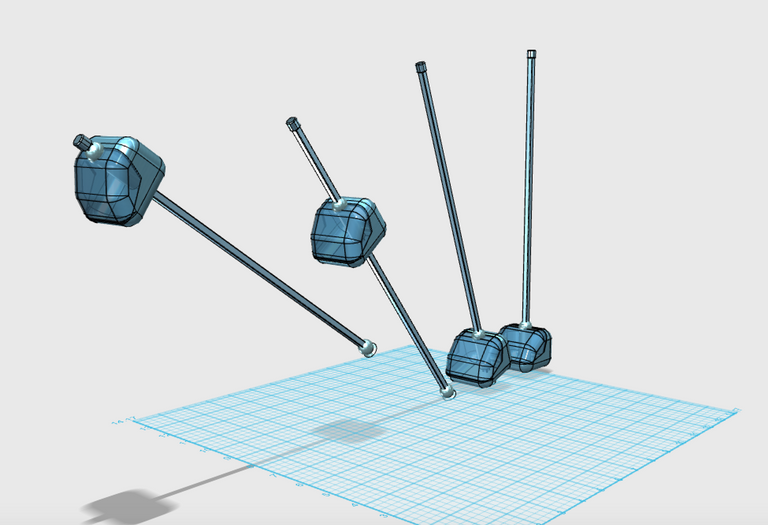
I'd love to hop on with you but I'm not sure my stomach would thank me. ;)
As I was reading, I kept thinking, this must have been the winning entry and wondered when you were going to reveal the truth. Naturally then, I felt disappointed when I got to the end. I'm sure it was nowhere near your own disappointment but I wanted you to know anyway.
Julia! Dear Jules,
What a very sweet and empathetic reaction to my story!
Even now, some 35 years after the fact, I am comforted by your kindly sympathetic comment.
Thank You, very much. <3
😄😇😉

Wow, this is a masterpiece. I am not in space stuff but I am blown away by your design, it is easy to understand its operations.
I wouldn't hesitate to hop in if you told me to do so and about the results of the competition, there are times you don't need human validation to call yourself a winner. I believe you have done an amazing thing here.
Hello @george-dee,
Thank you for reading my story.
I'm delighted to hear that you'd jump in and take a ride with me! When I get it built, we'll have a great time, for sure! :)
Thank you for your generous remarks about my design; you've encouraged me today!
😄😇😉

You have got what it takes and I believe that you can do it.
Thanks for your contribution to the STEMsocial community. Feel free to join us on discord to get to know the rest of us!
Please consider delegating to the @stemsocial account (85% of the curation rewards are returned).
You may also include @stemsocial as a beneficiary of the rewards of this post to get a stronger support.
Dear @creatr, we need your help!
The Hivebuzz proposal already got important support from the community. However, it lost its funding a few days ago when the HBD stabilizer proposal rose above it.
May we ask you to support it so our team can continue its work?
You can do it on Peakd, Ecency,
https://peakd.com/me/proposals/199
All votes are helpful and yours will be much appreciated.
Thank you!